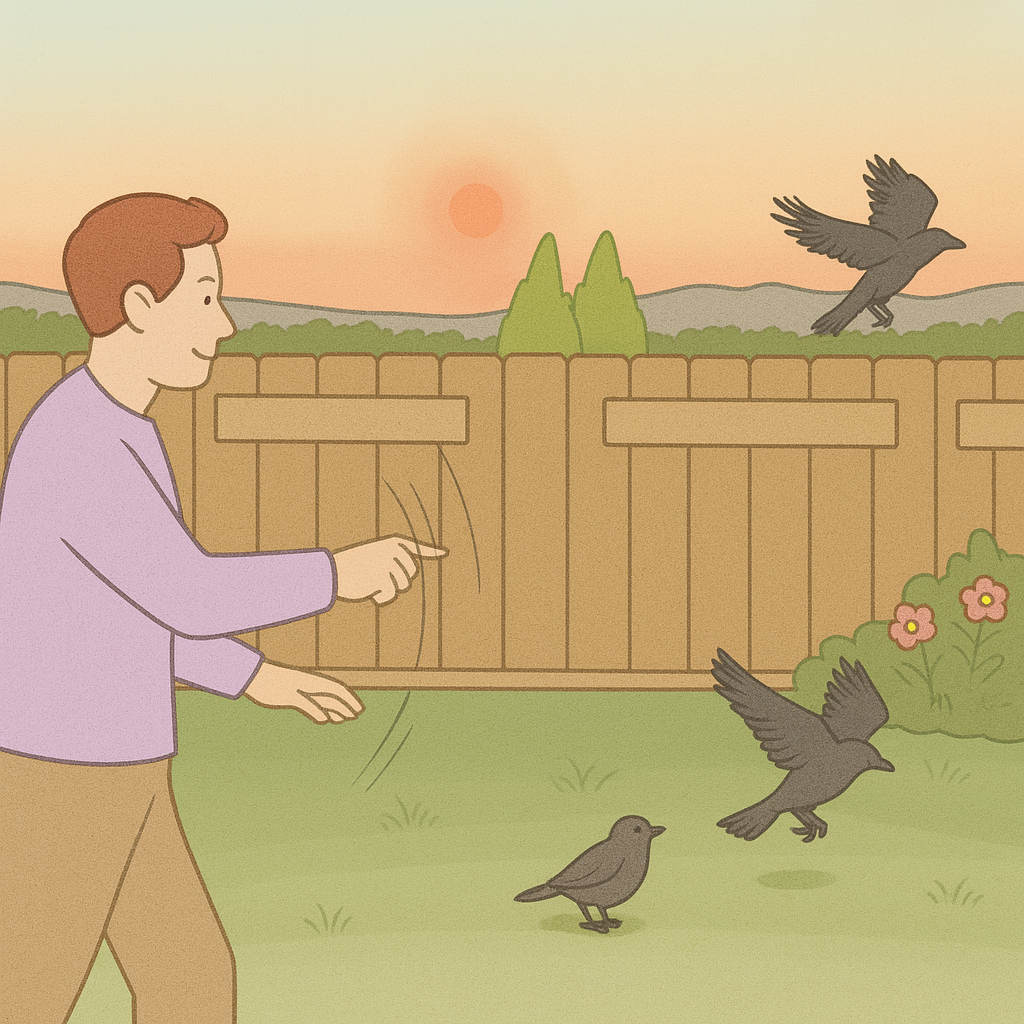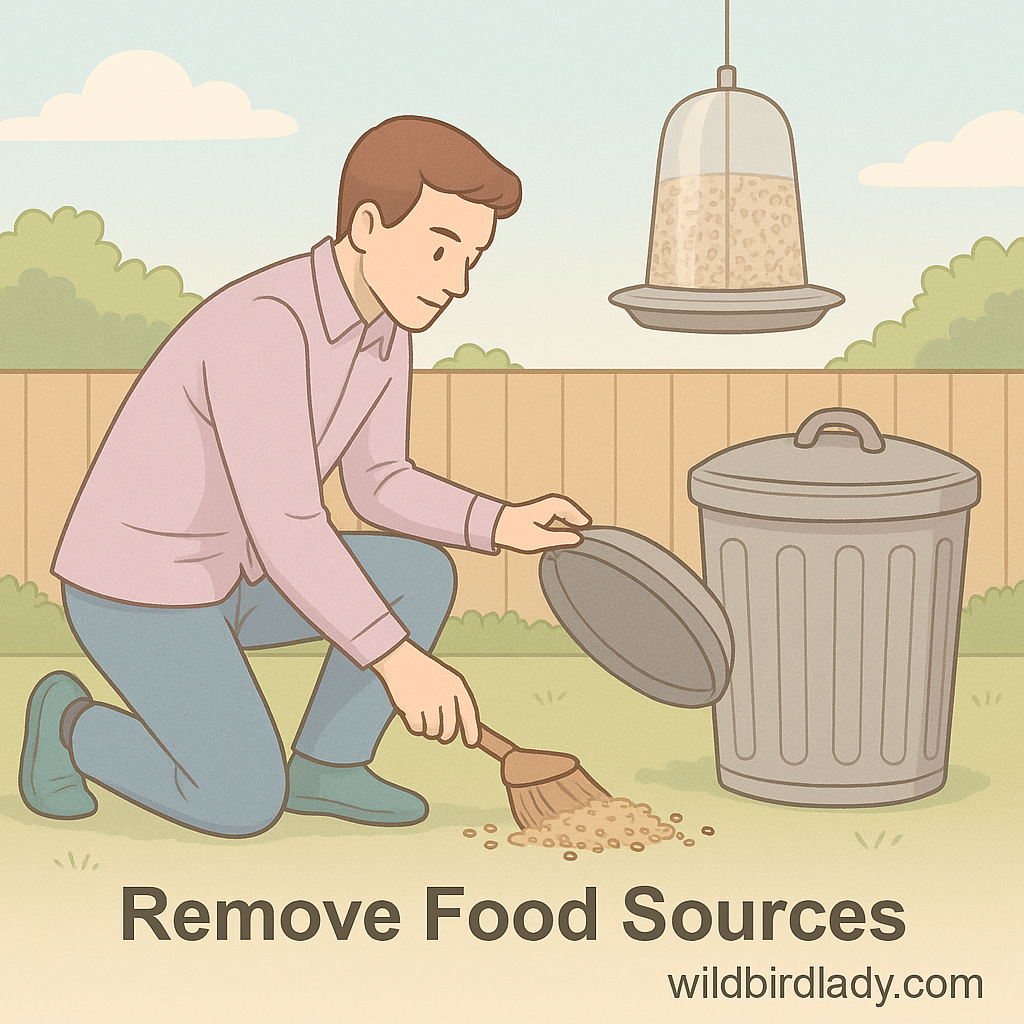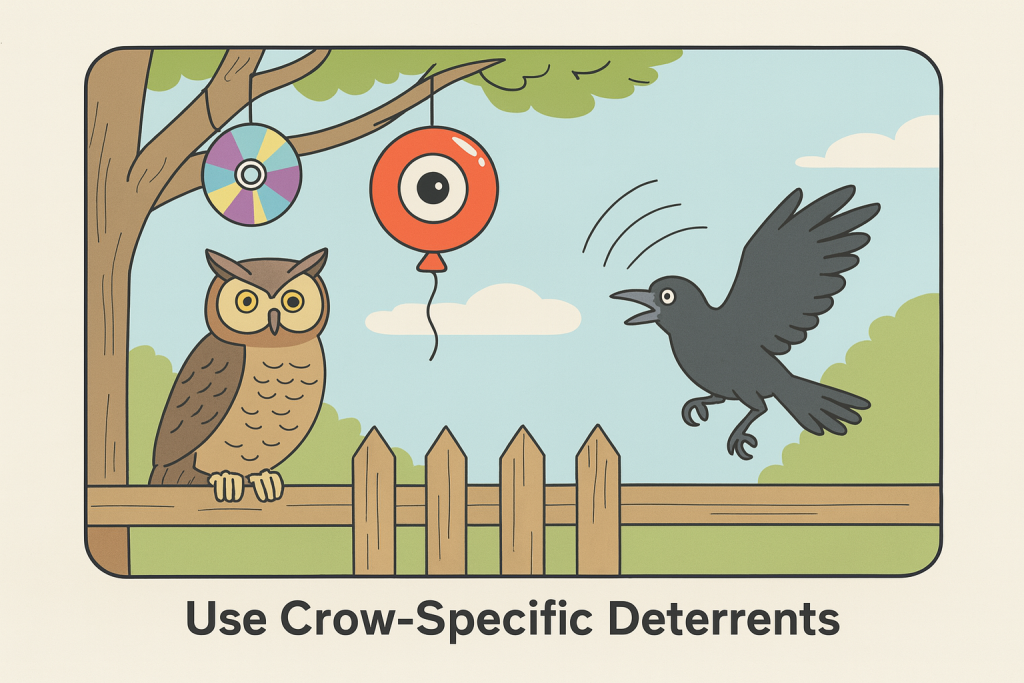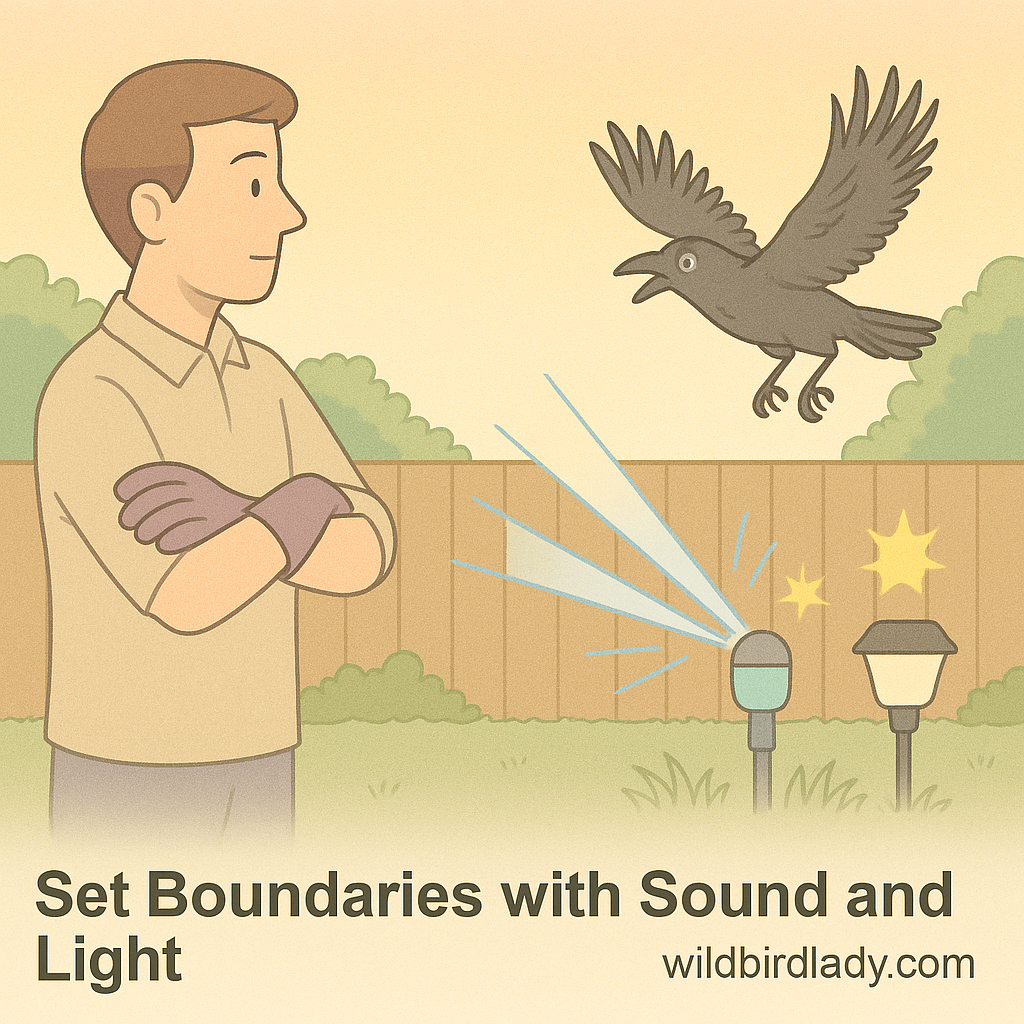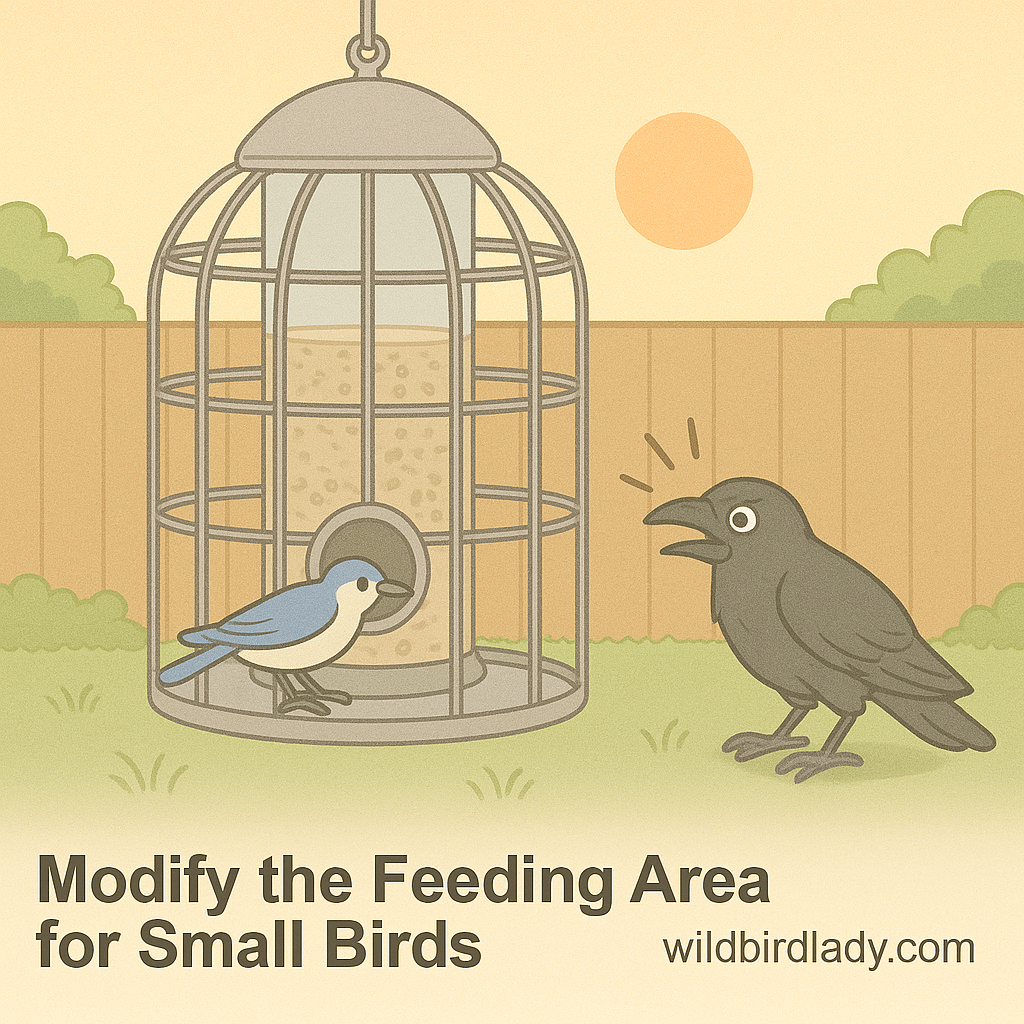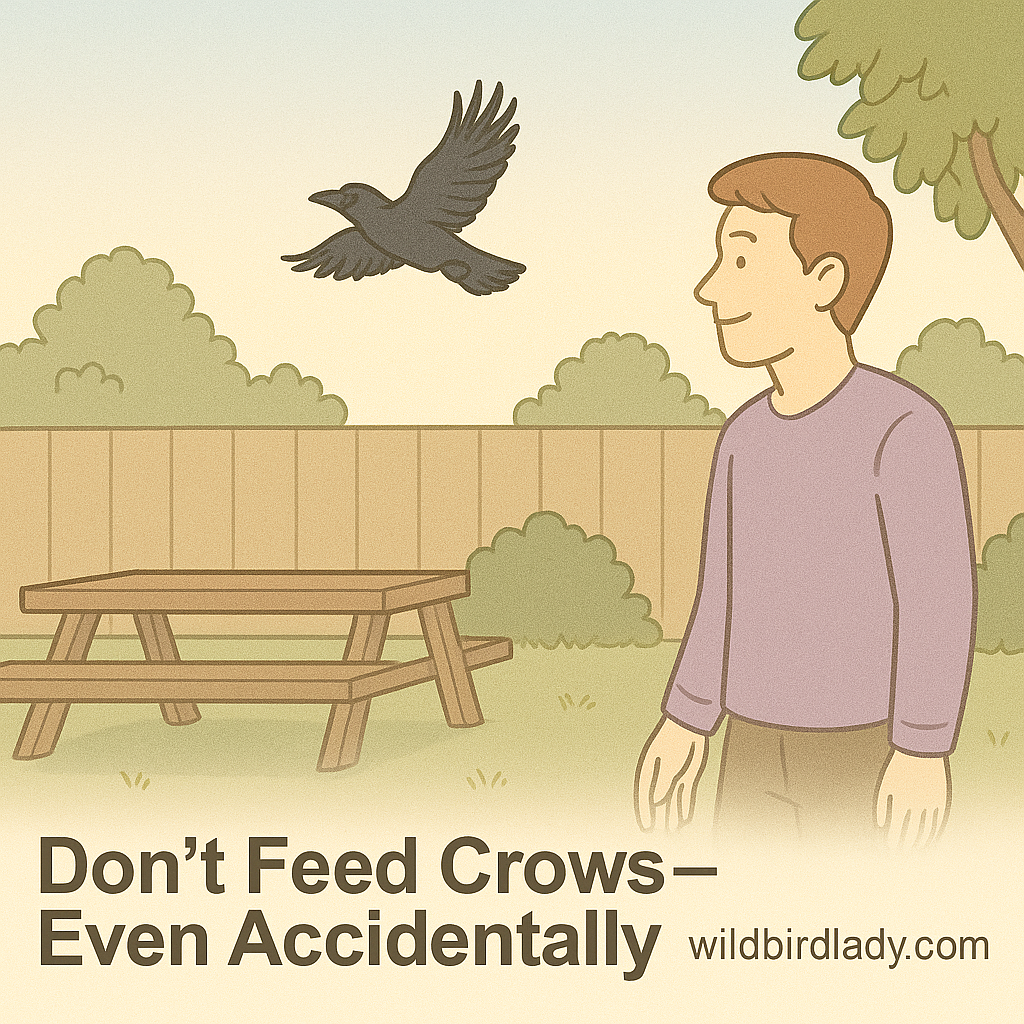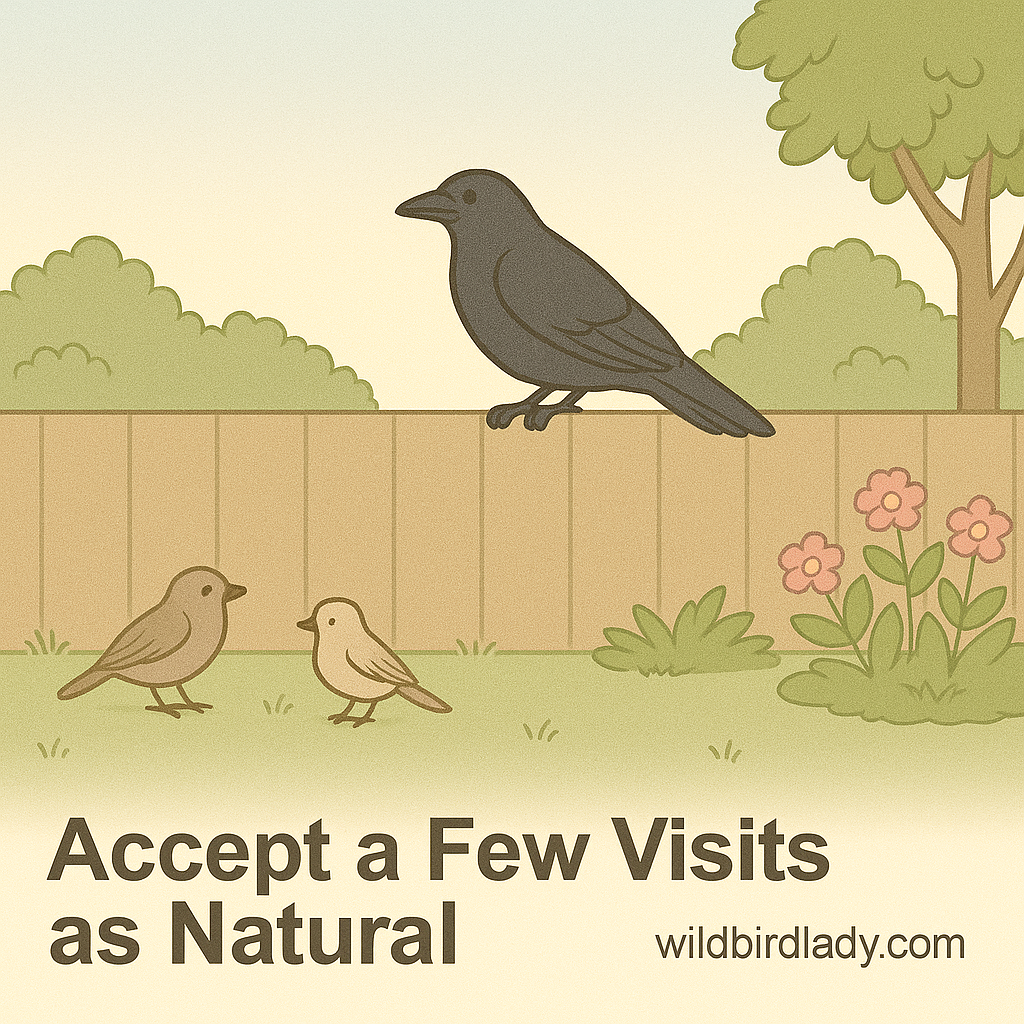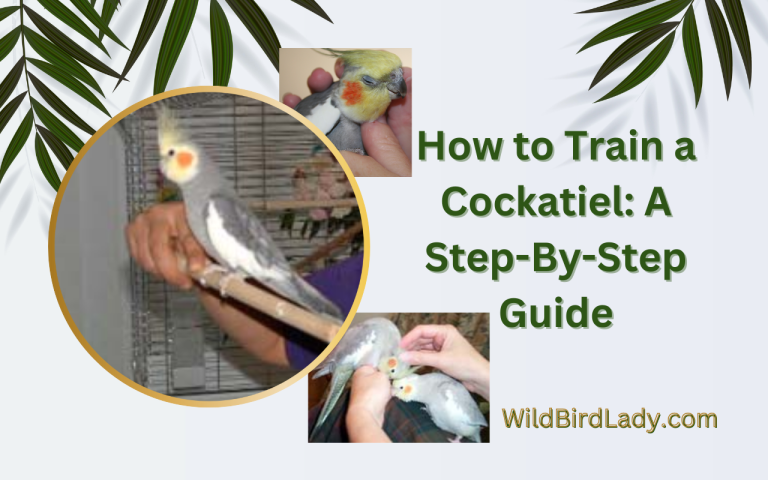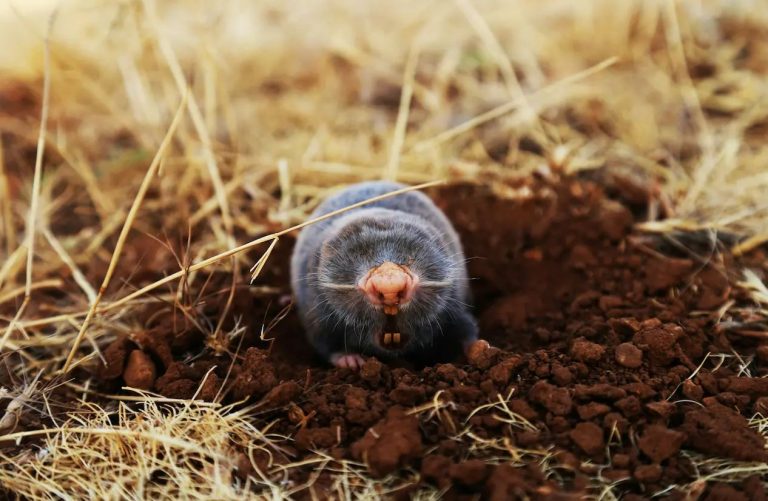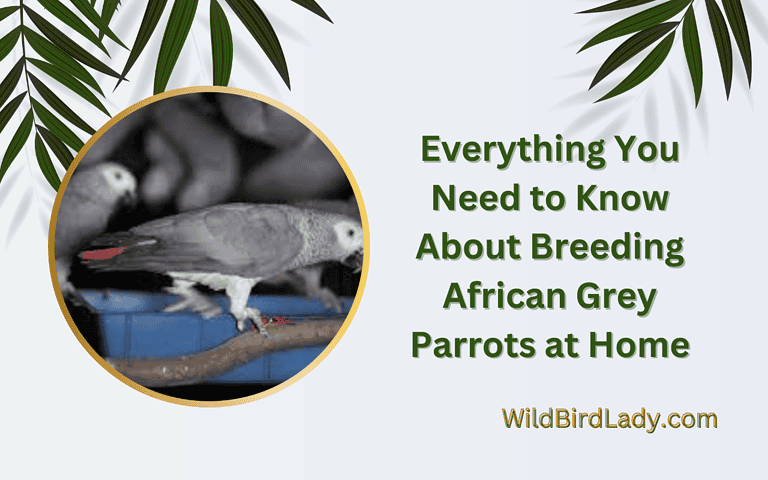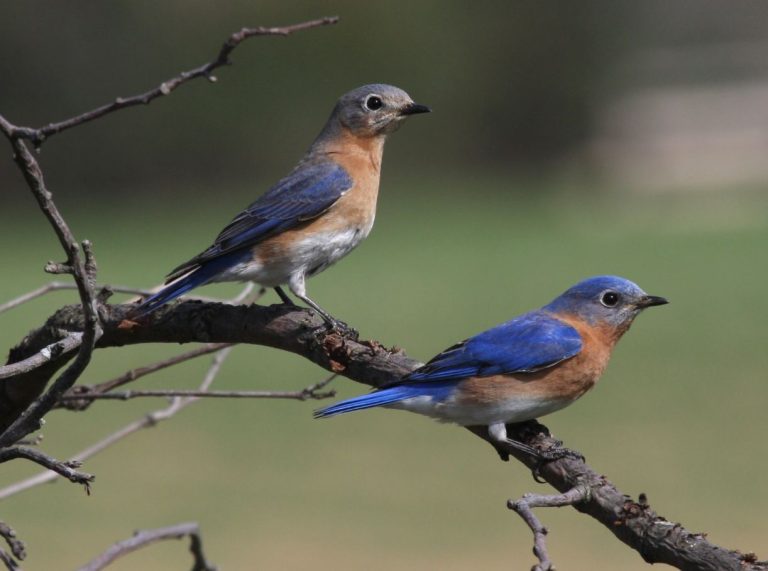How to Get Rid of Crows Without Harming Them: A Bird Lover’s Guide
As someone who has spent over 13 years observing birds in their natural habitats—and often right in my own backyard—I have a deep appreciation for crows. These birds are among the most intelligent and social creatures you’ll encounter. But I also understand that not everyone welcomes their presence, especially when they become disruptive, noisy, or start raiding feeders meant for other birds.
If you’re wondering how to get rid of crows without harming them, you’re not alone. This guide offers a compassionate, bird-friendly approach to managing crows, balancing respect for wildlife with practical solutions for peace of mind.
Why Crows Become a Problem
Crows (especially the American crow, Corvus brachyrhynchos) are highly adaptable. They thrive in urban and suburban environments, and once they find a reliable food source—like a backyard feeder or compost bin—they often return with friends.
Here are the most common complaints I’ve heard from homeowners:
- Loud vocalizations early in the morning
- Scaring away smaller birds at feeders
- Damaging gardens or crops
- Rummaging through trash or compost bins
Before we dive into the solutions, it’s important to understand that crows are protected under the Migratory Bird Treaty Act, which makes it illegal to harm or kill them without a permit. So let’s explore humane, legal, and effective deterrents.
1. Remove Food Sources
Crows are opportunistic feeders. If your yard offers an easy meal, they’ll stick around. Start by identifying what’s drawing them in:
Tips:
- Use squirrel-proof bird feeders that exclude larger birds like crows.
- Feed birds early in the morning and take down feeders later in the day to avoid attracting crows.
- Clean up fallen seeds under feeders with a rake or seed catcher tray.
- Secure your trash cans with tight-fitting lids.
- Cover compost piles with mesh or store them in sealed bins.
I once had a pair of crows visit daily because I left dry dog food out for a stray cat. Once I moved the bowl indoors, they stopped showing up.
2. Use Crow-Specific Deterrents
Crows are extremely smart, but they can be discouraged with the right stimuli—especially those that play on their natural instincts to avoid danger.
Visual Deterrents:
- Owl decoys: Crows fear owls, their natural predators. Place a realistic owl decoy in your yard, and move it every few days to keep it effective.
- Shiny objects: Hang CDs, aluminum foil strips, or reflective tape in trees. The flashes of light irritate and confuse crows.
- Scare-eye balloons: These mimic predator eyes and are designed specifically to frighten birds.
Auditory Deterrents:
- Predator calls or distress calls: Devices that play hawk calls or crow distress sounds can be effective—but crows learn fast. Change patterns frequently.
- Wind chimes or motion-activated sounds: These can startle crows, especially if used unpredictably.
Pro tip: Rotate deterrents every 3–5 days. Crows are quick learners and will ignore static setups.
3. Eliminate Roosting Opportunities
Crows are communal roosters. If your trees or roof provide a comfortable roost, they may gather in large, noisy groups at dusk.
Solutions:
- Tree pruning: Thin out tree branches to make them less ideal for roosting.
- Bird spikes: Install on rooflines, fences, or ledges to prevent perching.
- Netting or wire: Over garden beds or rooftops to deter landing.
In my experience, even stringing fishing line above favorite perching spots (like fence tops) can discourage a return visit.
4. Set Boundaries with Sound and Light
Sometimes, changing the environment just enough can send the message: “This isn’t a good place to stay.”
Try This:
- Motion-activated sprinklers: These startle crows without causing harm.
- Solar-powered lights or strobe lights: Flashing or rotating lights can disrupt crow routines.
- Loud clapping or banging pots: Crows hate unpredictable noise—but only do this occasionally or they’ll adapt.
A neighbor of mine installed a motion-activated sprinkler in his veggie garden after crows kept stealing seedlings. Within a week, the problem disappeared—and the rest of the garden remained untouched.
5. Modify the Feeding Area for Small Birds
Crows are problem solvers. But if you redesign your feeding setup to suit small birds, they’ll likely give up.
Tips:
- Cage-style feeders: With narrow openings that exclude large birds.
- Hopper or tube feeders with short perches: Crows can’t easily balance on these.
- Feed under dense shrubbery: Smaller birds like sparrows or juncos will navigate it, but crows won’t bother.
You can also plant natural food sources like sunflowers, echinacea, or native berry bushes. These attract songbirds and don’t interest crows much.
6. Use Community Action for Large Roosts
If your neighborhood is dealing with large crow roosts, it may require a community approach.
What to Do:
- Contact local wildlife agencies for guidance.
- Coordinate efforts with neighbors to avoid mixed signals (e.g., one house deters crows while another feeds them).
- Create a noise campaign around dusk using claps, horns, or banging—often effective at moving entire roosts if done consistently.
According to the Audubon Society, coordinated community deterrents have been successful in displacing crow roosts in urban areas without harming the birds.
7. Don’t Feed Crows—Even Accidentally
This seems obvious, but I’ve seen many well-meaning people throw scraps to birds, not realizing they’re training crows to return.
Feeding crows may even attract other scavengers like raccoons or gulls, creating more chaos in your yard. If you want to observe crows, do so with binoculars and let them forage naturally.
8. Accept a Few Visits as Natural
While the goal may be to discourage crows entirely, it’s worth noting: a few visits here and there are part of living in a healthy ecosystem. Crows eat pests like beetles, grubs, and even small rodents. They help clean up carrion and are part of nature’s recycling system.
One pair visited my yard for three weeks every spring, then disappeared as soon as breeding season kicked in. I’ve learned to see them less as invaders and more as visitors passing through.
Bonus: Crows Are Smart—So Be Smarter
Here’s what makes crow deterrence challenging: they remember faces, learn patterns, and communicate with each other. A strategy that works today may fail tomorrow if not updated.
Best Practices:
- Change tactics frequently (every 3–5 days).
- Avoid predictable routines.
- Combine visual, auditory, and physical deterrents.
Fun fact: A University of Washington study showed that crows can recognize human faces and pass on that knowledge to other crows—even years later.
Final Thoughts: Keep It Ethical
As bird lovers, our goal should always be to coexist respectfully with wildlife. Getting rid of crows doesn’t mean hurting them—it means making your space less appealing while maintaining a safe, bird-friendly environment.
By removing easy food, adjusting your yard setup, and using smart deterrents, you can encourage crows to move along—without disrupting the balance of nature or harming these clever creatures.
FAQs: How to Get Rid of Crows Without Harming Them
Q1: Are crows dangerous to other birds?
Crows can be aggressive at feeders and may eat eggs or nestlings, but they rarely harm adult birds. Deterring them can help protect backyard bird nests.
Q2: Will scarecrows work?
Traditional scarecrows don’t usually fool crows unless you move them regularly and add motion or reflective materials.
Q3: Do crows remember people?
Yes. Studies show crows can recognize human faces and associate them with positive or negative experiences.
Q4: What scent do crows dislike?
Crows dislike strong citrus, pepper, or vinegar smells. Some people use citrus peels or cayenne pepper sprays as natural deterrents.
Q5: How long does it take to deter a crow group?
It depends. Sometimes a few days, sometimes a few weeks. Consistency and variety in deterrent methods are key to long-term success.

